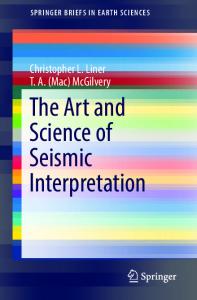The Science and Art of Using Telescopes
You’re not a beginner anymore. Yet you’re not sure how to take the next steps. Perhaps you are thinking of specializing in a certain kind of viewing. Perhaps you have some extra money to spend and are wondering what would be the best way to spend it. Or m
- PDF / 12,410,616 Bytes
- 415 Pages / 439.37 x 666.142 pts Page_size
- 119 Downloads / 341 Views
For other titles published in the series, go to www.springer.com/series/3192
The Science and Art of Using Telescopes
Philip Pugh
Philip Pugh Institute of Technical and Scientific Communicators Chippenham, Wiltshire SN14 0JG UK
ISSN 1431-9756 ISBN 978-0-387-76469-6 e-ISBN 978-0-387-76470-2 DOI 10.1007/978-0-387-76470-2 Library of Congress Control Number: 2009926241 © Springer Science+Business Media, LLC 2009 All rights reserved. This work may not be translated or copied in whole or in part without the written permission of the publisher (Springer Science+Business Media, LLC, 233 Spring Street, New York, NY 10013, USA), except for brief excerpts in connection with reviews or scholarly analysis. Use in connection with any form of information storage and retrieval, electronic adaptation, computer software, or by similar or dissimilar methodology now known or hereafter developed is forbidden. The use in this publication of trade names, trademarks, service marks, and similar terms, even if they are not identified as such, is not to be taken as an expression of opinion as to whether or not they are subject to proprietary rights. Printed on acid-free paper Springer is part of Springer Science+Business Media (www.springer.com)
To my wife, Helga, and daughter, Marcela, who have given me lots of encouragement in working on this book.
Preface
Astronomy seems to be good at grabbing the attention of the general public, whether it is from seeing the exciting pictures of the rovers Spirit and Opportunity on Mars, a solar eclipse, or a feeling of amazement while looking at the night sky on a particularly clear night. Indeed, some people are so inspired they rush out to buy their own equipment. Eventually, they may have seen enough of the Moon or brighter planets and to want to do more, but the question is, how? This book addresses how you can move on from the beginner stage. Yes, it is true that many astronomy writers have lots of expensive equipment, and yet they tell you that you do not need to. This may appear (at first glance) as much of a mystery as the missing mass in the universe. However, many astronomy writers are financially challenged, like the rest of us, and those who do spend money on expensive equipment do so because they wish to pursue some particular branch of the hobby. The short answer is to learn how to get the most from your existing equipment and seeing how your interest develops, rather than rushing out to buy the newest “next best thing.” There is not any “one size fits all” advice when it comes to buying equipment, but this book will present some of the options available. Having a few grand to spend wisely on equipment will help you get more enjoyment from the hobby, but sometimes a smaller purchase is all that is needed or even no purchase at all, just a fresh approach.
vii
viii
Preface
What Is in This Book The Introduction discusses the overall use of equipment and introduces the types of instruments available in today’s increasingly complex market. It also suggests a strategy to progress be
Data Loading...











